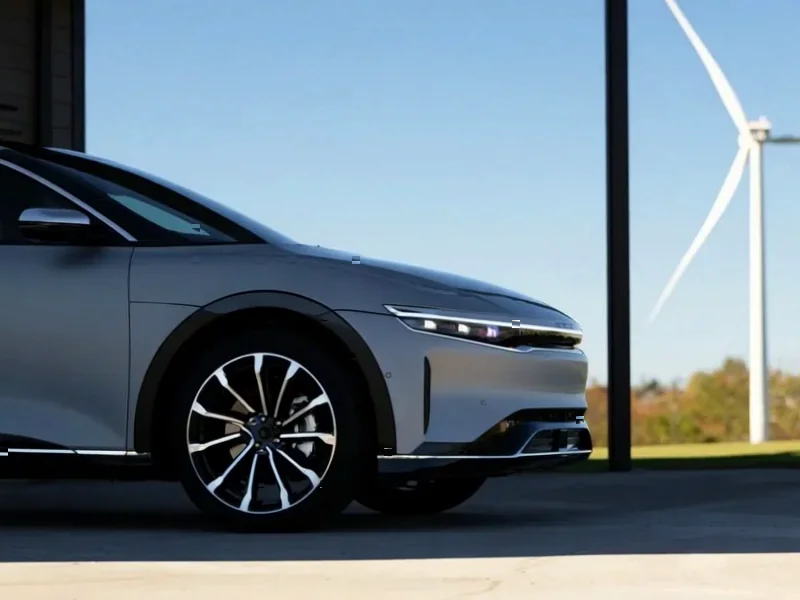According to engineerlive.com, Littelfuse has launched the CPC1601M, a 60V, 2A normally open solid-state latching relay designed specifically for smart thermostats, HVAC systems, and building automation. The relay combines load-powered operation with a latching architecture in a compact 3x3mm DFN package, drawing less than 1 μA from system supply while enabling zero-power operation. Dr Hugo Guzman, product marketing manager at Littelfuse, emphasized that this innovation addresses space-constrained and energy-sensitive applications while simplifying integration into both modern and legacy installations. For engineers designing smart thermostats, the CPC1601M eliminates the need for a common wire, particularly useful in older buildings. The solid-state operation also removes clicking sounds and moving parts, providing a silent alternative to mechanical relays.
The power harvesting trick
Here’s what makes this relay pretty clever – it basically steals power from the load it’s controlling. Think about a thermostat switching an HVAC system on and off. Traditional relays need their own power source to do the switching, which often means batteries or that annoying common wire installers hate dealing with in older homes. But this thing sips just enough energy from the load circuit itself to operate. And because it’s latching, once it’s switched to a position, it stays there without drawing power. That’s the zero-power operation they’re talking about – the relay only consumes meaningful power during the brief moment it’s actually switching states.
The real-world impact
Look, anyone who’s installed smart thermostats in older buildings knows the pain. No common wire means either running new wiring (expensive) or using batteries that need constant replacement. This relay could eliminate both problems. But here’s the thing – load-powered operation isn’t entirely new, but packing it into a 3x3mm package while handling 2A at 60V? That’s the engineering achievement here. It means you can design much smaller, more reliable control systems for everything from fire alarms to utility meters without worrying about power sources. The silent operation is just icing on the cake – no more annoying relay clicks every time your thermostat cycles.
What engineers need to think about
Now, nothing’s perfect, right? Solid-state relays like this one from Littelfuse do have trade-offs. They typically have higher on-resistance than mechanical relays, which means some power loss as heat. And while the latching architecture saves power, it requires more complex drive circuitry – you need to pulse the coil in one direction to close and the opposite to open. But for battery-powered or energy-harvesting applications, these trade-offs are usually worth it. The reliability benefits alone – no moving parts to wear out, no contact bouncing – make solid-state attractive even without the power savings.
Where this fits in the market
This isn’t just about making better thermostats. Building automation is moving toward more distributed intelligence, with sensors and controllers everywhere. Powering all those nodes becomes a massive challenge. Products like the CPC1601M enable designs that weren’t practical before. Think about wireless sensors that last for years instead of months, or control systems that can be retrofitted into existing buildings without rewiring. It’s part of a broader trend toward energy autonomy in IoT devices. And honestly, in a world where we’re adding billions of connected devices, we desperately need innovations that reduce their power appetite.




